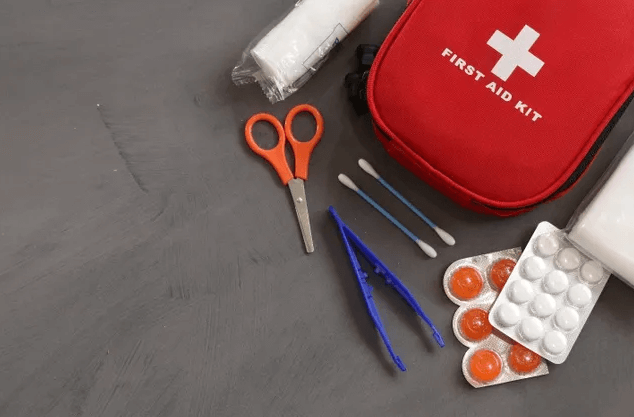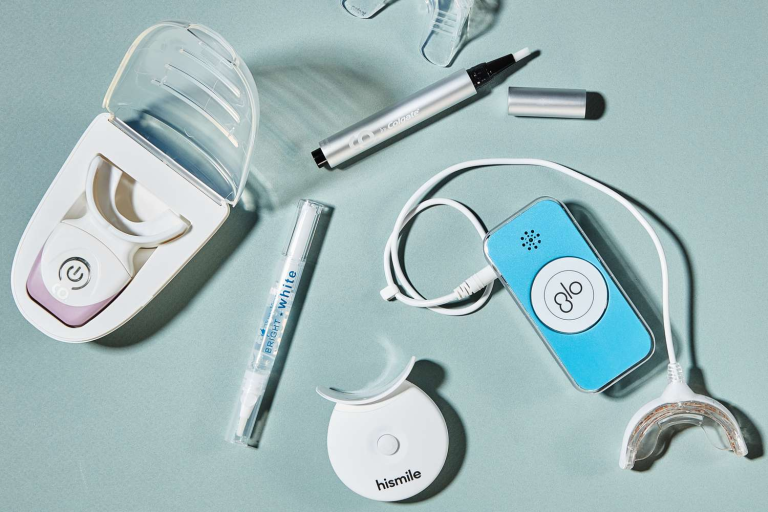Essential First Aid Skills for Safer Workplaces
Asenqua Tech is reader-supported. When you buy through links on our site, we may earn an affiliate commission.
Accidents can happen anywhere – including workplaces. In today’s fast-paced work environment, first aid should be a top priority. But it’s not just about putting on a bandage; it’s about being confident and effective in tough situations. Imagine a colleague getting injured or suffering a medical emergency – knowing how to provide first aid could make you a potential lifesaver.
This blog is your roadmap to acquiring essential first-aid skills for the workplace. It covers everything from first aid principles to essential techniques, including how to identify hazards, build a first aid kit, and integrate training into emergency plans.
Understanding Workplace First Aid
The scope of workplace first aid extends beyond the application of a bandage. It encompasses diverse methods and understanding to aptly handle crises, which could potentially prevent fatalities in critical scenarios. When team members are equipped with first aid skills, they can respond promptly, resulting in reduced response time and a culture of safety where all individuals contribute to mitigating hazards. If you’re looking for reliable, formal first aid training, you can get in touch with first aid training ottawa.
Identifying Common Workplace Hazards
Recognizing the potential hazards in your work environment before learning particular first aid methods is crucial. This includes identifying risks such as slippery floors and exposure to chemicals, which enables better preparation and a quicker response. Addressing these hazards is not only a regulatory requirement but also essential for protecting the safety of your team and ensuring they return home safely after every shift. Identifying workplace hazards can be a challenging task and one must receive proper first aid risk assessment training to learn how they can effectively address all of the hazards associated with their work.
Essential First Aid Skills for the Workplace
Mastering Basic Life Support Techniques
Possessing the ability to perform cardiopulmonary resuscitation (CPR) and use an automated external defibrillator (AED) is crucial. Knowing how to perform chest compressions proficiently and determine the appropriate time to use an AED can greatly enhance the likelihood of surviving a heart-related crisis.
Becoming Proficient in Wound Care and Bleeding Control
Cleaning and dressing wounds properly, in addition to applying direct pressure, can help minimize blood loss and prevent infections in accidents that cause cuts and bleeding. Additional techniques, such as elevating the injured area and correctly employing tourniquets, can also be used to save lives.
Managing Burns and Scalds
Burns resulting from exposure to chemicals, hot surfaces, or flames are common occurrences in numerous work settings. It is crucial to distinguish between the different types of burns and their level of severity to administer prompt and suitable initial treatment. Properly covering burns to prevent infection is imperative, and it is essential to acknowledge the importance of timely medical care.
Handling Fractures and Musculoskeletal Injuries
Fractures and musculoskeletal injuries are major hazards in industries that require physical labor. To avoid aggravating the damage, it is vital to use techniques like immobilization and correct splinting. It is also crucial to comprehend safe ways of transporting an injured individual.
Reacting to Choking and Airway Obstruction
Knowing how to perform the Heimlich maneuver, also known as abdominal thrusts, is crucial in preventing a blocked airway from turning into a life-threatening emergency. Acting swiftly is essential, and mastering this technique can be the determining factor between saving a life or losing one.
Building a Workplace First Aid Kit
During emergencies, having the appropriate tools available can have a significant impact. A comprehensive first aid kit should include items such as adhesive bandages, sterile gauze, antiseptic wipes, scissors, gloves, and other essential supplies. It’s important to regularly check and restock the kit to ensure that all items are up-to-date and ready for use. Additionally, it’s crucial that all employees know the location of the first aid kit to ensure quick access when necessary.
First Aid Training and Certification
Having a first aid kit is highly valuable, but it is equally important to know how to use it effectively. Enrolling your employees in educational programs like a first aid at work course provides extensive knowledge and practical experience. Look for accredited training programs that cover various scenarios relevant to your workplace. Different levels of certification provide different skills that can be crucial in life-saving situations where time is of the essence.
Developing an Emergency Response Plan
One must keep in mind that first aid is only part of a comprehensive emergency response plan. It should be integrated into the overall strategy to ensure a coordinated and effective approach to emergencies. Assigning designated team members as first aid responders and outlining their duties and responsibilities helps achieve this. Regular practise drills and simulations help keep everyone prepared and ready to respond efficiently when the need arises.
Fostering a Culture of Safety and First Aid Awareness
Cultivating a culture of safety is crucial for the success of your first aid efforts. Educating your team on the significance of first aid skills in creating a safer workplace is important. Prompt reporting of hazards and injuries by employees can help resolve issues quickly. Additionally, acknowledging and rewarding safety-conscious behavior can encourage a proactive approach towards well-being.
Conclusion
Ensuring workplace safety is not up for discussion; it is an absolute necessity. By obtaining vital first aid abilities, your workplace can move from being reactive to proactive. This enables your team to feel confident and ready during emergencies, cultivating a healthier and more secure work atmosphere. Ultimately, a well-prepared workplace benefits everyone involved by creating a safer environment.






